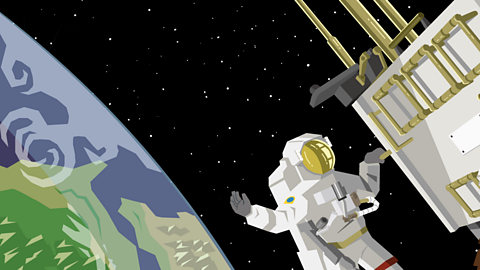The Sun is hot, so it must be made of fire. Astronauts are so far away from Earth, they experience no gravity. Right?
Wrong. We've put together a list of five urban myths about space, and debunked them for you.
The Sun is a big ball of fire
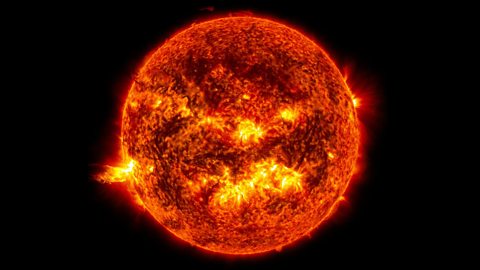 Image source, NASA
Image source, NASAIt may be hot (15 million°C at its core, in fact), but the Sun isnât just one massive open flame. It actually gives off heat and light through a process called nuclear fusion, where hydrogen atoms crash into one another creating helium.
Youâll explode if you go into space without a suit on
 Image source, NASA
Image source, NASAItâs a commonly peddled myth, especially in old science fiction movies, but itâs actually completely false. The nitrogen in your body would expand and youâd bloat severely, and you'd eventually die. However, your skin is far too tough to let everything explode out of it.
The first animal in space was a dog

Laika was an adorable Russian dog that launched on Sputnik 2 in 1957. It was the first animal to orbit the Earth, however it wasnât the first animal in space. This title is reserved for the humble fruit fly. A few were launched into space by American scientists in 1947, to help them study radiation.
Astronauts experience zero gravity because they are far away from the Earth
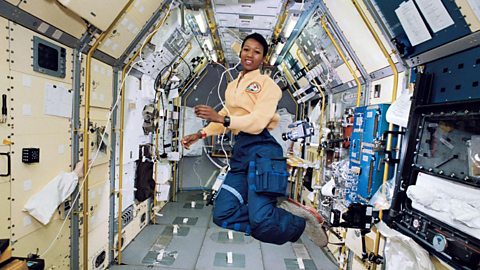 Image source, NASA
Image source, NASAYouâve probably seen videos of astronauts like floating around the International Space Station, and you may think this has something to do with being so far away from Earthâs gravitational pull. However, 90% of the Earthâs gravity actually reaches the ISS. So why do they float? Itâs because theyâre in whatâs called âfree fallâ. This means that in a vacuum, all objects fall at the same acceleration, regardless of their mass. Astronauts therefore are falling towards Earth at the same rate as the space station, so look like they are floating inside of it.
Thereâs a dark side of the moon
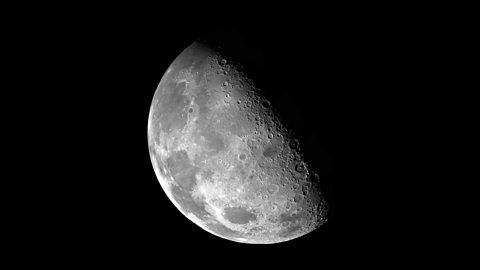 Image source, NASA
Image source, NASAThere is a side of the Moon that, from Earth, we can never see. This much is true. However, itâs a complete myth that it is in complete darkness all the time. The Moon has daytime and night-time just as the Earth does, though each lasts two weeks, so both sides get sunlight at some point. The reason itâs been historically called the âdark sideâ is because itâs mysterious, and until recently, not much was known about it. This year, China launched a probe to explore the far side of the Moon, to learn more. However, the first images of the far side of the moon were taken in 1959.
Written in collaboration with the education team at Jodrell Bank Discovery Centre.
This article was published in October 2018
How do reactions power rockets? revision-guide
It's all good and well knowing facts about space, but how do you get there? Find out here.

How do you stay alive in space? revision-guide
So you're in space. What do you need to do to stay fit, healthy, and safe? Click here to find out.
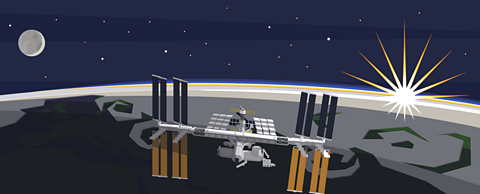
How do astronauts get home?
Okay, home time. How do you do it? Find out here.
